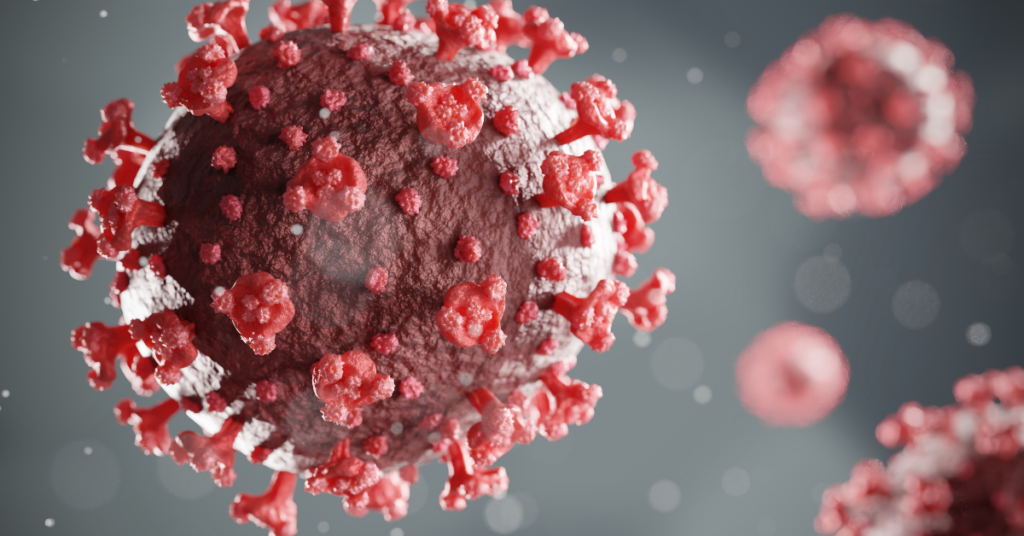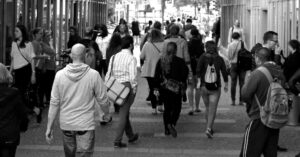Since 2021, Greek letters are not just for identifying college fraternities or sororities but for identifying variants of COVD-19. Alpha, Beta, Delta, and now Omicron variants are studied and compared on the severity of symptoms, how quickly each variant may spread, and its resistance to treatments.
Quite often when these variants are being discussed, the word “evolved” and “adapted” will be used to describe what is happening. Since the virus is clearly changing, does this prove that evolution is real? Well, we must first define some of our terms before we can answer that question.
The structure of a virus can either be based on DNA or RNA. While the replication process is very similar, there are differences in an RNA-based virus and a DNA-based virus. DNA, or deoxyribonucleic acid, is the double-stranded helix that contains the genetic instructions used for replication. Each strand of DNA is composed of a sugar, a phosphate group, and a nitrogenous base (adenine, thymine, cytosine, and guanine). The two strands are connected by the bonds between the mated nitrogenous base pairs. Adenine bonds with thymine, and cytosine bonds with guanine.
Coronaviruses like COVID-19 are RNA-based viruses. RNA (ribonucleic acid) is very similar to DNA, however, RNA has only one strand. And instead of thymine, RNA has uridine. So for RNA, adenine bonds with uridine, and cytosine bonds with guanine.
When an organism replicates its cells, the strands of DNA and RNA are copied. Enzymes, proteins, and ribosomes generate a complementary (mating) pair of nitrogenous bases to produce a new strand of DNA or RNA. Mutations can occur in this process, although it is very rare in living organisms. It may copy the wrong matching base (for example, pairing cytosine with adenine instead of guanine) or maybe insert an extra base or remove a nitrogenous base. These mutations will change the coding of the DNA or RNA.
Thankfully, cells actually have a proofreading ability to detect mutations and either correct them or destroy the errant DNA strand. It would be comparable to spellcheck correcting your typos while you typed a document into word – only the biological proofreading mechanism in our cells is more reliable. However, the RNA replication mechanism in the cell doesn’t have the same type of error correcting mechanism as the DNA replication mechanism.
But these kinds of mutations can also occur in the replication of viruses. Though a virus is technically not a living thing, it uses the replication process of living things. A virus will invade a living organism’s cell and hijack the cell’s replication process to make it reproduce the virus’s strand of DNA or RNA.
Due to how quickly a virus can replicate, the mutation can be rapidly copied and multiplied. For RNA-based viruses, it appears that a mutation could be replicated even faster since there is not an error correcting mechanism like with DNA-based viruses. But interestingly, coronaviruses (a type of RNA-based viruses) do have a special enzyme that allows them to do some level of error correction, so they typically have a lower mutation rate than other RNA viruses.
When a virus mutates, it can have the same three possible outcomes as any other organism mutations. It can 1) have no effect on the organism or virus, 2) damage the organism or virus, or 3) improve the organism or virus. As an important sidenote, based on genetics studies, 70% of mutations in organisms are damaging to the organism. Most of the remaining 30% of mutations have no significant impact on the organism. Therefore, very rarely, if ever, is a mutation giving a benefit to the organism.
In the case of a virus, if the mutation improves its ability to replicate or changes it enough to be immune from treatment, then the mutated virus will survive and pass its mutated genome to the next generation of viruses, causing the medical community to scramble to find another way to stamp out the “variant” of this virus. This is known as survival of the fittest for the virus. The virus with the mutations that can withstand treatment will survive to reproduce, and the other non-mutated viruses will be wiped out by the treatment.
Since mutations do occur and survival of the fittest can promote certain mutations, have we shown that evolution is true? Not at all.
1. Though micro-mutations do occur due to genetic mutations, that does not mean macro-mutations occur. In other words, the mutations found within a virus will result in micro-level changes. A mutation may change features and characteristics of the virus, but they do not change the virus into something other than a virus. Even if there were millions of micro-mutations over millions of years, the small-scale changes do not progress it into a new organism type, especially since a virus is not even a living organism. The virus, though mutated and variant, will remain a virus.
Micro-mutations will only result in micro-evolution, which is not the same thing as macro-evolution. Darwin’s theory is one of macro-evolution, where small-scale mutations eventually produce a large-scale change in organism type. But micro-mutations only produce micro-changes, giving variety within a species but not generating a new type of organism.
For a virus, micro-mutations that generate differences in drug resistance, effects on the host organism, or replication ability are not large-scale enough changes for a virus to become something other than a virus.
2. A virus is not a sentient being. It is not aware of its existence, not aware of what could end its existence, and certainly is not aware of how to prevent that from happening. It cannot plan for its future and the future of its kind. It cannot choose to mutate itself in order to improve its survivability.
Many people describe these Covid variants as the virus finding a way to “adapt” in order to survive, as if the virus is planning for its own future. A virus can’t decide it needs to adapt and evolve in order to continue to replicate. A virus doesn’t have that kind of forethought and planning for its own survivability. Though a mutation may result in an improved capability of replication, the virus is not aware of its mutations and cannot plan for a mutation to give itself a survival advantage.
Even if a virus were a conscience, aware, and intelligent thing, it would violate the basic premise of Darwin’s Theory of Macroevolution. It is based solely on the idea of a completely natural process of random mutations. There cannot be any guiding, directing, or planning for certain mutations. Otherwise, an intelligent entity must be introduced to do the guiding, directing, and planning.
3. Acquired characteristics do not occur. Even if the virus could plan out a path of mutations to better survive, that is not how evolution works. This is a common misconception when people are discussing things evolving and adapting. People tend to insert the word “adapt” as though an organism can change itself to adjust to environmental conditions and then produce a new generation of offspring with that change. But an adult organism cannot adjust itself to its environment and pass those traits on to its offspring.
For example, if a horse were to stretch its neck in order to reach leaves higher up on the tree, its offspring would not be born with elongated necks. The genetics of that adult horse would still produce offspring with a normal length neck. The change in the adult’s neck was not a genetic change that could be inherited by its offspring.
Now, there could be a genetic mutation in the embryo that results in a horse with an abnormally long neck, giving it a survival advantage over the shorter-necked horses. The longer necked horse could survive to reproduce horses with abnormally long necks. But this scenario is very different from what is implied when people say, “The horse adapted to its environment.” That statement is loaded with false ideas.
Similarly with a virus, the mutation occurs in the replication process of the virus. It is not an adult virus modifying itself to escape being destroyed by medical treatment. Darwin based his Theory of Macroevolution on random, genetic mutations so it can be passed down to the next generation (that are also blind to their effects and unplanned). Adult adaptations to environmental conditions are not genetic mutations that can be passed down to its offspring.
Even though we can see mutations in this virus as it “evolves,” that does not indicate that Darwin’s concept of macro-evolution is possible. The small-scale changes seen from replication errors in a virus cannot produce something other than a virus. While these mutations may result in different medical approaches in treatment, the virus is still a virus.




